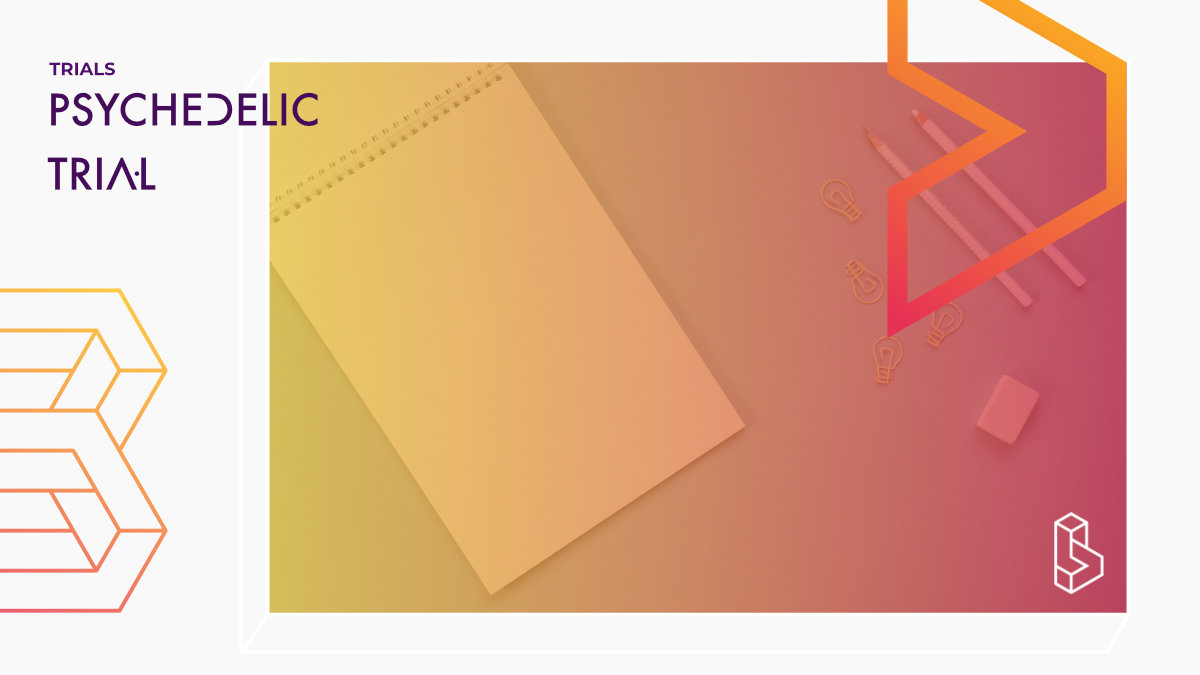The investigators will be examining slow-wave characteristics in depressed patients receiving electroconvulsive therapy (ECT) using direct current electroencephalogram (dcEEG) by anesthesia induction agent.
Topic Healthy Subjects
Country United States of America
Visit trial
Trial Details
Trial Number
Sponsors & Collaborators
University of OttawaThe University of Ottawa launched The Psychedelics & Spirituality Studies Initiative (PSSI) in 2021. PSSI is an interdisciplinary group of faculty and graduate students who share a common interest in the study of psychedelics, spirituality and integrative healing.
McGill University
Psychedelic research is well underway at McGill University. At the Neurobiological Psychiatry Unit, researchers are assessing the effects of psychedelics at the behavioral, brain circuit, neuronal, and subcellular levels.
Queen's University
This company doesn't have a full profile yet, it is linked to a clinical trial.

